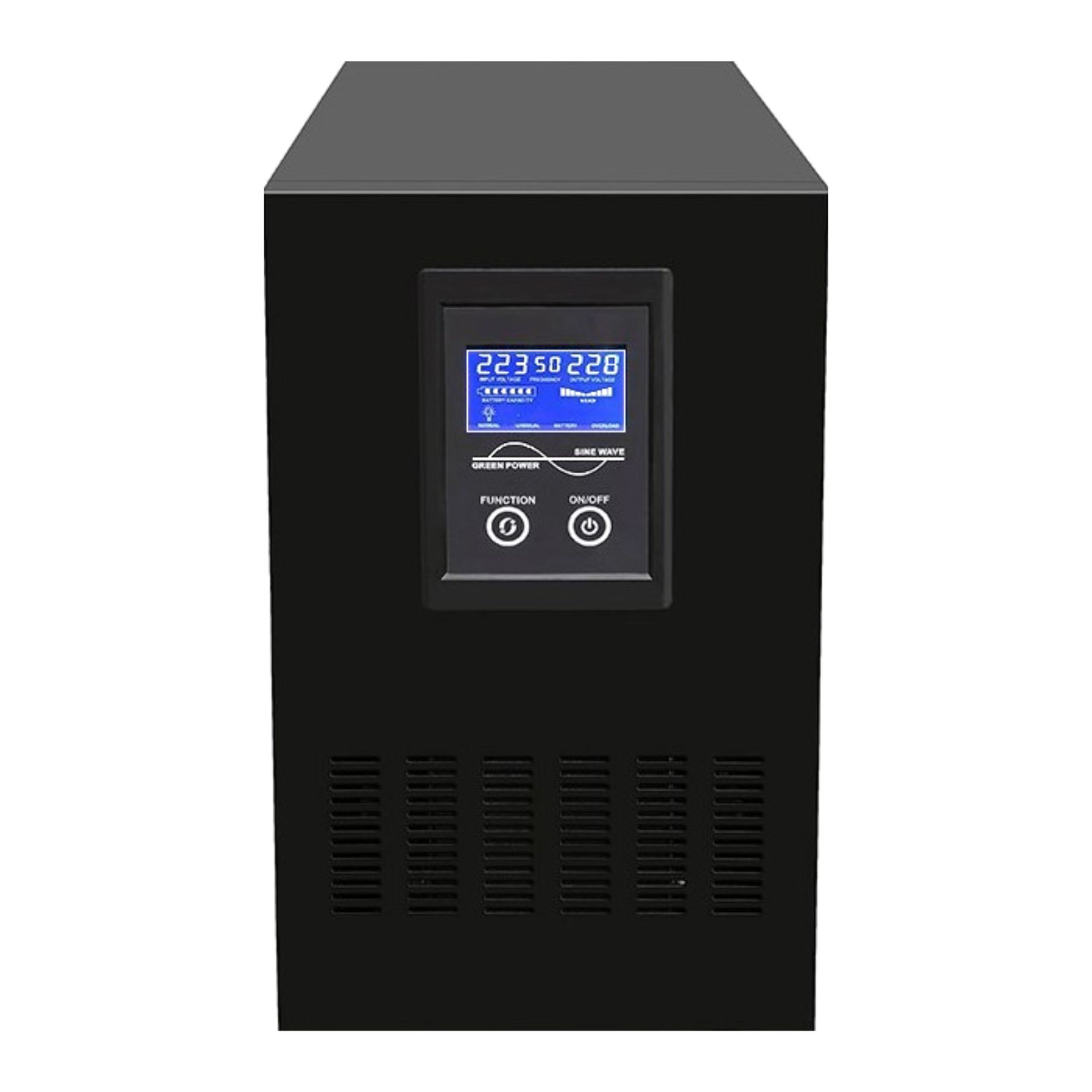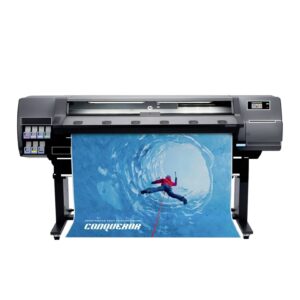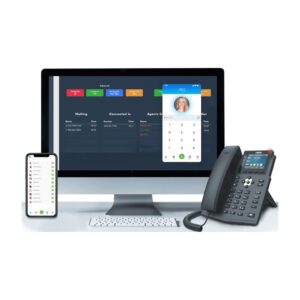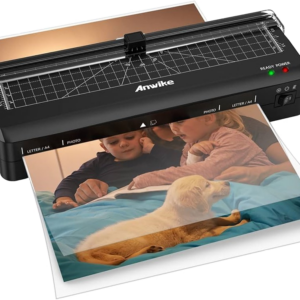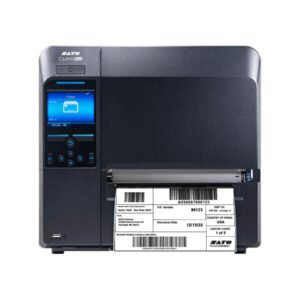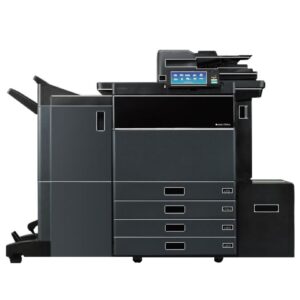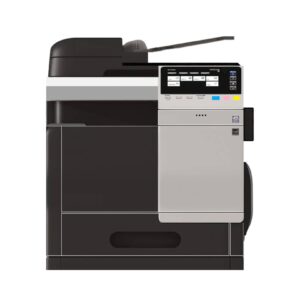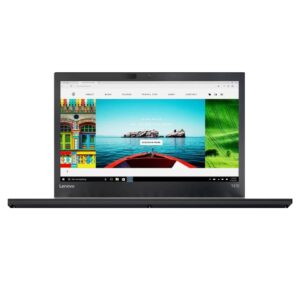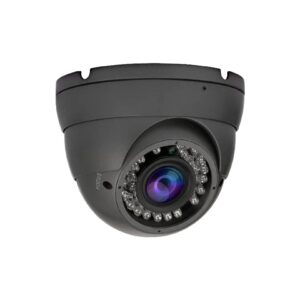Description
A solar inverter is one of the most crucial parts of a solar power system as it converts the energy output from solar panels into a usable electricity form. The appliances in your home run on AC, not DC, which is why the solar inverter must change the DC output that
is collected by your solar panels. To be a little more technical, the sun shines down on your solar panels (or photovoltaic (PV) cells), which are made of semiconductor layers of crystalline silicon or gallium arsenide. These layers are a combo of both positive and
negative layers. When the sun shines, the semiconductor layers absorb the light and send the energy to the PV cell. Once this energy is produced, it is either stored in a battery for later use or sent directly to an inverter.
Solar panels offer a renewable source of energy and are ideal for your solar needs. The solar panel harnesses the energy of the sun, stores it into battery and then uses it when needed. So there are no monthly costs. The loss of power renders any electric fencing system useless. A solar powered backup system can insure no loss of power as a result of power cuts.
What is an Inverter?
An inverter converts the DC voltage to an AC voltage. It’s one of the most important pieces of equipment in a solar energy system. It’s a device that converts direct current (DC) electricity, which is what a solar panel generates, to alternating current (AC) electricity,
which the electrical grid uses. In DC, electricity is maintained at constant voltage in one direction. In AC, electricity flows in both directions in the circuit as the voltage changes from positive to negative. Inverters also regulate the flow of electrical power.
Fundamentally, an inverter accomplishes the DC-to-AC conversion by switching the direction of a DC input back and forth. As a result, a DC input becomes an AC output. In addition, filters and other electronics can be used to produce a voltage that varies as a clean,
repeating sine wave that can be injected into the power grid.
Inverter sizes range from 1KW – 500KW. Inverters are used for a variety of applications that range from small car adapters to household or office applications, and large grid systems connected up to battery or solar set up’s.

